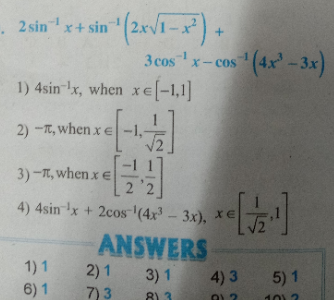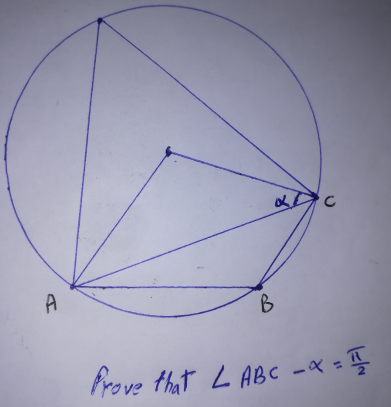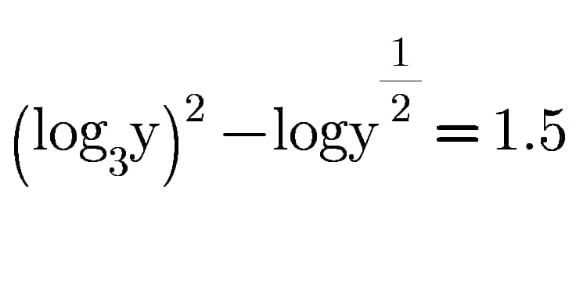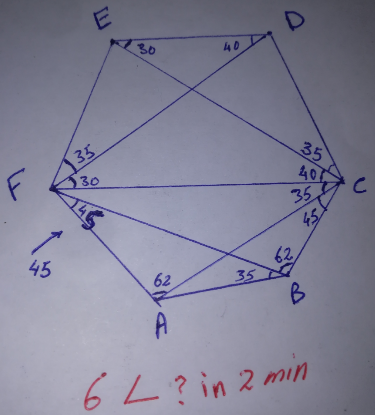
AllQuestion and Answers: Page 401
Question Number 180447 Answers: 0 Comments: 1
Question Number 180446 Answers: 2 Comments: 0
Question Number 180438 Answers: 3 Comments: 0
Question Number 180436 Answers: 0 Comments: 0
Question Number 180423 Answers: 2 Comments: 4

Question Number 180421 Answers: 2 Comments: 0
Question Number 180414 Answers: 1 Comments: 0
Question Number 180413 Answers: 2 Comments: 0
Question Number 180407 Answers: 2 Comments: 0
Question Number 180405 Answers: 0 Comments: 0
Question Number 180400 Answers: 2 Comments: 1
Question Number 180398 Answers: 1 Comments: 1
Question Number 180396 Answers: 0 Comments: 0
Question Number 180391 Answers: 1 Comments: 1
Question Number 180388 Answers: 1 Comments: 0

Question Number 180381 Answers: 2 Comments: 0
Question Number 180379 Answers: 1 Comments: 0
$$\:\:\:\:\int\:{x}^{\mathrm{2}} \:\sqrt[{\mathrm{6}}]{{x}^{\mathrm{6}} +\mathrm{5}}\:{dx}\:=? \\ $$
Question Number 180378 Answers: 1 Comments: 0

Question Number 180368 Answers: 2 Comments: 5

Question Number 180365 Answers: 1 Comments: 0

Question Number 180364 Answers: 1 Comments: 0

Question Number 180363 Answers: 1 Comments: 0

Question Number 180362 Answers: 0 Comments: 0

Question Number 180351 Answers: 0 Comments: 0
Question Number 180350 Answers: 1 Comments: 0

Question Number 180348 Answers: 0 Comments: 0

Pg 396 Pg 397 Pg 398 Pg 399 Pg 400 Pg 401 Pg 402 Pg 403 Pg 404 Pg 405
